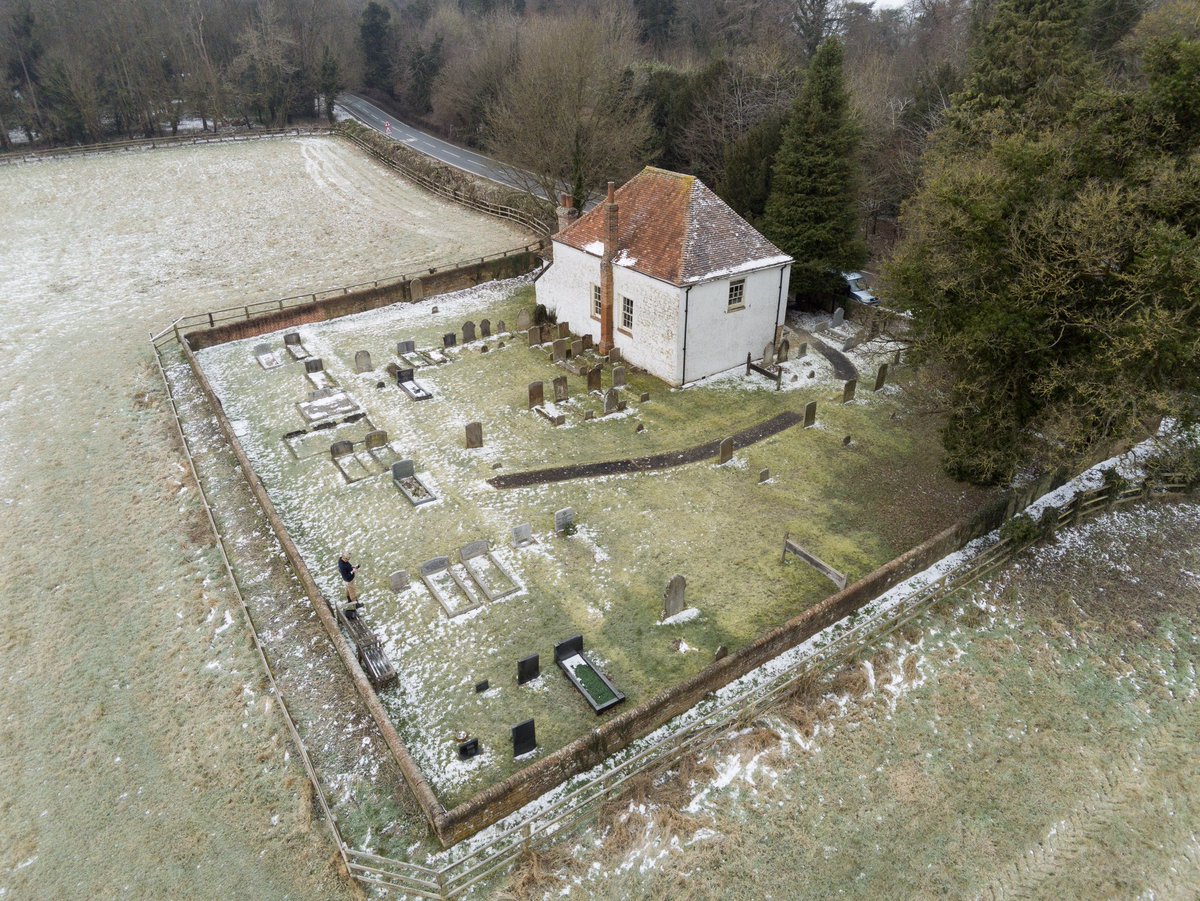
On the bank of the river Ouse, close to its confluence with the Derwent, lies the village of Barmby on the Marsh. It seems remote, but was once bustling with millers, makers, traders, and boats transporting goods and people to nearby ports and across the North Sea to Europe. 

A waterman could follow the snaking Ouse downriver for 9 miles to Goole — the most inland port in the UK.
At Goole, coal barges from south Yorkshire emerged from the 'Dutch River' — diverted by engineer Cornelius Vermuyden in the 1620s — and could be transferred to sea-going vessels.
After 10 more miles, the Ouse reaches the Humber. Sailors now depend on their skill and savvy to safely navigate this treacherous tidal estuary for 40 more miles, past the ports of Hull and Grimsby, until they finally reach the North Sea, and set sail for Northwestern Europe. 

Robert Wilson, a Master Mariner of Hull, would have captained many ships on these routes and beyond before he died at the age of 64 in 1832.
On the external north wall of St Helen's in Barmby on the Marsh is his faded gravestone. It’s engraved with a poignant verse … 

No more on Board that Bark I tread
Those Sails to commerce were unfurled
Here ends my Voyage in hopes tho dead
To anchor in a Better world.
_______
Painting in this thread = The Mouth of the River Humber by JMW Turner, c. 1824-5 (Tate Collection)
Those Sails to commerce were unfurled
Here ends my Voyage in hopes tho dead
To anchor in a Better world.
_______
Painting in this thread = The Mouth of the River Humber by JMW Turner, c. 1824-5 (Tate Collection)

• • •
Missing some Tweet in this thread? You can try to
force a refresh



















